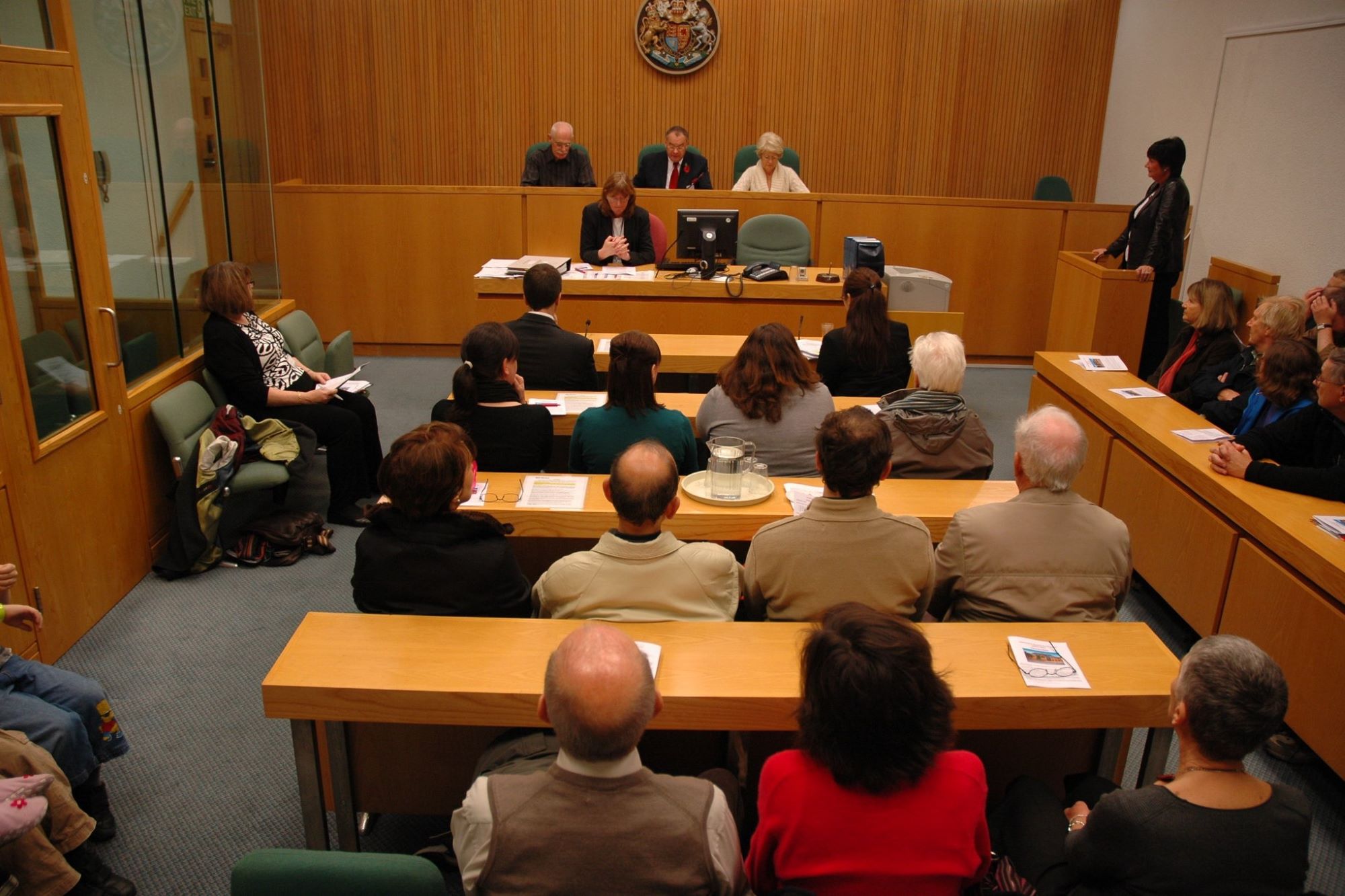Proving bad faith in court is a complex process that requires a well-structured legal strategy. Bad faith typically arises in cases involving contract disputes, insurance claims, or employment issues, where one party is accused of acting dishonestly or unfairly to the detriment of another. To succeed in proving bad faith, it’s essential to build a strong case supported by concrete evidence and compelling legal arguments. Below, I outline eight key sections to guide you through the process of proving bad faith in court.
Understanding the Concept of Bad Faith
Bad faith refers to dishonest or unfair practices by a party in a contractual or legal relationship. In legal terms, bad faith can manifest in various forms, including deliberate deceit, failure to fulfill contractual obligations, or taking advantage of another party’s vulnerabilities. The foundation of any bad faith claim lies in proving that the defendant knowingly acted in a manner contrary to what was agreed upon, either explicitly or implicitly.
To build a strong case, it’s crucial to distinguish between bad faith and mere negligence. Negligence implies a lack of due care, while bad faith involves intentional wrongdoing. Understanding this distinction is essential as it directly impacts the legal strategies employed in court. For example, in insurance disputes, bad faith claims often arise when an insurer denies a valid claim without proper investigation or delays payment unreasonably.
Courts generally require a higher standard of proof in bad faith cases, as they involve accusations of intentional misconduct. Therefore, the plaintiff must be prepared to present compelling evidence that clearly demonstrates the defendant’s intentional breach of duty or contract.
Identifying the Legal Basis for a Bad Faith Claim
In any legal dispute involving bad faith, it is crucial to identify the appropriate legal basis for your claim. The foundation of a bad faith lawsuit varies based on the specific context and jurisdiction. Understanding these foundations ensures that your case is built on solid legal grounds and is capable of withstanding scrutiny in court. Below is a list of key legal bases for bad faith claims, followed by a concluding thought on their importance:
- Breach of Contract: Many bad faith claims arise from an alleged breach of contract. This occurs when one party fails to fulfill their contractual obligations in a manner that is deemed dishonest or unfair. A clear understanding of the contract’s terms and the implied covenant of good faith and fair dealing is essential in these cases.
- Tort Law: Bad faith claims can also be grounded in tort law, particularly in situations where the defendant’s conduct is considered egregiously unfair or intentionally harmful. Tort-based bad faith claims often involve a higher burden of proof and require demonstrating that the defendant’s actions were willfully malicious.
- Statutory Violations: In some jurisdictions, specific statutes govern bad faith practices, particularly in areas such as insurance law. These statutes outline the obligations of parties and provide a legal framework for pursuing claims when these obligations are breached. Familiarity with relevant statutes and precedents is critical for formulating a statutory bad faith claim.
Identifying the correct legal basis for a bad faith claim is the first step in constructing a robust case. Whether rooted in breach of contract, tort law, or statutory violations, understanding these foundations allows for the strategic gathering of evidence and effective presentation in court. A thorough grasp of the legal grounds applicable to your case not only strengthens your argument but also increases the likelihood of a favorable outcome.
Collecting Evidence of Bad Faith
Evidence is the cornerstone of any legal case, and proving bad faith requires meticulous collection and presentation of evidence. The type of evidence required depends on the nature of the bad faith claim, but generally includes documents, witness testimony, and expert opinions.
Key pieces of evidence in bad faith cases may include written communications, such as emails, letters, or memos, that demonstrate the defendant’s intent or knowledge. Additionally, contracts, policy documents, and records of interactions between the parties can provide critical insights into the conduct of the defendant. In some cases, expert testimony may be necessary to explain complex issues, such as industry standards or the expected conduct under specific circumstances.
It’s essential to organize and present the evidence in a logical and compelling manner. This may involve creating a timeline of events, highlighting inconsistencies in the defendant’s behavior, or demonstrating how the defendant’s actions deviated from standard practices.
Establishing the Elements of a Bad Faith Claim
To succeed in a bad faith claim, it is necessary to establish specific elements that prove the defendant’s misconduct. These elements typically include duty, breach, causation, and damages:
- Duty: The first element is proving that the defendant owed a duty of good faith and fair dealing to the plaintiff. This duty is often implied in contracts and legal relationships.
- Breach: Next, it must be shown that the defendant breached this duty by acting dishonestly, unfairly, or in bad faith.
- Causation: The plaintiff must also prove that the defendant’s breach of duty directly caused harm or damage to them.
- Damages: Finally, it is necessary to demonstrate that the plaintiff suffered actual damages as a result of the defendant’s actions.
Each of these elements must be supported by concrete evidence. Failure to prove any one of these elements can result in the dismissal of the bad faith claim. Therefore, a thorough understanding of these elements is critical for building a successful case.
Overcoming Common Defenses Against Bad Faith Claims
Defendants in bad faith cases often employ several common defenses to avoid liability. Being aware of these defenses and preparing to counter them effectively is crucial for a successful outcome.
One common defense is the argument that the defendant acted within the bounds of the contract or legal agreement. To counter this, the plaintiff must provide evidence that the defendant’s actions, while possibly within the letter of the agreement, violated the spirit or intent of the contract.
Another defense is that the plaintiff did not suffer actual damages, or that the damages were not directly caused by the defendant’s actions. In such cases, it is vital to clearly demonstrate the link between the defendant’s bad faith and the harm suffered by the plaintiff.
Additionally, defendants may argue that their actions were justified or reasonable under the circumstances. Countering this defense often requires expert testimony or evidence of industry standards to show that the defendant’s conduct was indeed unreasonable.
Presenting a Strong Case in Court
Presenting a strong case in court requires careful preparation and a clear strategy. This involves not only the presentation of evidence but also the effective use of legal arguments and persuasion techniques.
Start by organizing your evidence and arguments into a coherent narrative that tells the story of the defendant’s bad faith. This narrative should be supported by a combination of documentary evidence, witness testimony, and expert opinions. Visual aids, such as charts or timelines, can also be useful in helping the judge or jury understand the sequence of events and the defendant’s misconduct.
In addition to presenting the facts, it’s important to anticipate and prepare for the defendant’s counterarguments. This includes having rebuttal evidence ready and being prepared to cross-examine the defendant’s witnesses effectively. The goal is to present a compelling case that leaves little room for doubt about the defendant’s bad faith.
Calculating and Proving Damages (Including Table)
Proving damages in a bad faith case is a critical component of securing a favorable outcome. Damages may include both economic and non-economic losses, such as financial losses, emotional distress, and punitive damages designed to punish the defendant.
Before discussing the calculation methods in detail, here’s a table outlining common types of damages in bad faith cases:
| Type of Damages | Description | Calculation Method | Example |
| Economic Damages | Financial losses directly caused by the defendant’s actions | Based on actual financial records and expert testimony | Lost income, additional expenses |
| Non-Economic Damages | Compensation for emotional distress or pain and suffering | Subjective; often requires expert testimony | Emotional distress, loss of enjoyment |
| Punitive Damages | Designed to punish the defendant and deter future misconduct | Determined by the severity of the defendant’s actions | Based on the defendant’s net worth and misconduct severity |
The process of calculating damages begins with assessing the financial impact of the defendant’s actions. This includes reviewing financial records, contracts, and other documents to quantify the direct economic losses. For non-economic damages, testimony from medical or psychological experts may be required to substantiate claims of emotional distress or other intangible harms.
Punitive damages, which are awarded in cases of particularly egregious bad faith, require a different approach. The plaintiff must demonstrate that the defendant’s actions were not only harmful but also malicious or reckless. The amount of punitive damages is often determined by the defendant’s financial status and the need to deter similar behavior in the future.
Navigating the Settlement Process
Not all bad faith cases go to trial; many are settled out of court. Understanding the settlement process and when to consider a settlement is an important aspect of bad faith litigation.
Settlement negotiations typically begin with both parties presenting their cases and discussing potential resolutions. It is crucial for the plaintiff to enter negotiations with a clear understanding of the strengths and weaknesses of their case, as well as a realistic assessment of the potential outcomes if the case were to go to trial.
During the settlement process, mediation or arbitration may be used to facilitate negotiations. These alternative dispute resolution methods can be effective in reaching a mutually agreeable solution without the time and expense of a trial. However, the plaintiff should be cautious about accepting a settlement that does not fully compensate them for their losses.
A successful settlement strategy involves knowing when to compromise and when to push for a better offer. It’s important to consult with legal counsel throughout this process to ensure that any settlement agreement is fair and meets the plaintiff’s needs.
Dealing with Appeals
Even after a judgment is rendered, the legal battle may not be over. In many bad faith cases, the losing party may choose to appeal the decision. Understanding the appeals process and how to protect your victory in court is essential.
The appeals process involves a higher court reviewing the lower court’s decision to determine if there were any legal errors that could have affected the outcome of the case. The plaintiff must be prepared to defend the original ruling by presenting strong legal arguments and citing relevant case law that supports their position.
It is also important to understand the potential risks and benefits of an appeal. While an appeal can offer a chance to correct errors and secure a more favorable outcome, it also involves additional time, expense, and uncertainty. Legal counsel should be consulted to weigh these factors and determine the best course of action.




